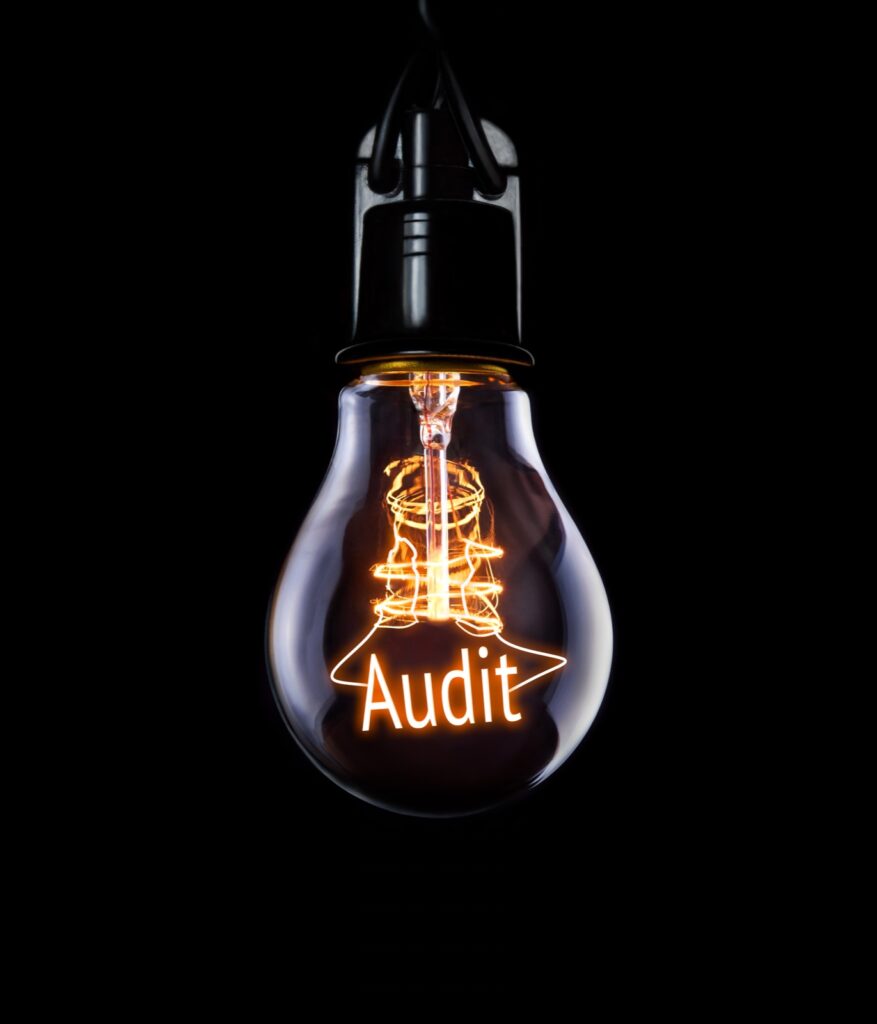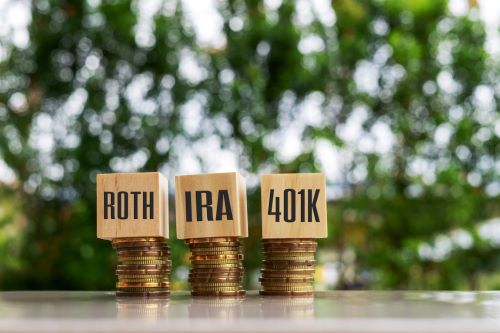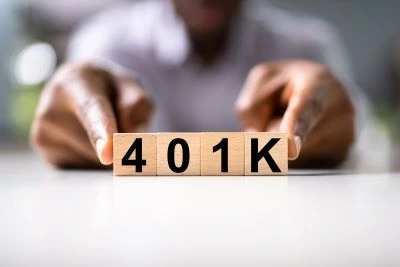Anyone can be trained to crunch numbers, but the value a CPA provides to any organization goes beyond simple arithmetic. With the designation of CPA, the public expects a CPA to have a significantly high level of expertise in business. By earning the CPA accreditation, an accountant is not just representing himself /herself, he or she is also a member of a larger community which relies on reputation for public trust. Because of this shared need for a high barrier to entry, the CPA exam needed to evolve to test for a higher level skill set to better ensure CPAs have the expertise that is expected.
Beginning with the April to May 2017 testing window, the revised exam will be implemented incorporating the changes recommended by the AICPA committee. The following outlines the changes to the exams:
Exam Length
- All sections will be four hours long, increasing the Business Environment and Concepts (BEC) section and Regulation section each by one hour. This means these sections will include additional content to demonstrate an increased emphasis on business acumen and to align with the AICPA’s revised expectations for candidates.
- For all sections, there will be one 15 minute break after the two multiple choice question (MCQ) testlets and the first task based simulation (TBS) testlet. This break will not count towards the exam time. In addition, candidates can still take optional breaks between testlets but they will count against the four hour time limit, as they do in the current exam iteration.
Exam Content
- The test will shift from heavily weighted MCQ sections to an equally weighted split with the TBS sections. However, the BEC section will have half of its weight allocated to MCQ but approximately 35% will be for TBS, and 15% will be written communication.
- Overall, the number of MCQs will decrease, with the exception of the Regulation section where the questions will increase from 72 to 76.
- The number of TBS for the Audit, Financial and Accounting & Reporting (FAR), and Regulation sections will increase from six or seven per exam to approximately eight or nine per exam.
- A new type of TBS called “Document Review Simulation,” has been added to the Audit and FAR sections in July 2016 and will remain as part of the redesigned exam. These simulations are designed to mimic real-life tasks performed by CPAs. Candidates will be asked to look at various documents, emails, phone call transcripts, and other source documents to complete the task at hand.
As a point of reference, currently, the AICPA expects candidates to allot 10 to 20 minutes per TBS, but for the new exam, the AICPA expects candidates to allot 15 to 30 minutes per TBS. Obviously, all TBS cannot take 30 minutes to complete, but if test takers aim to allot approximately 20 minutes per each TBS, these sections of the exam could be completed in about two hours and 40 minutes, leaving approximately one minute per multiple choice question.
Perspective from a Selden Fox CPA Candidate
During my time at Selden Fox, I have greatly increased my understanding of the skills and knowledge that are and will be tested on the CPA exam. I have been exposed to all stages of an audit. Additionally, with the firm’s rotational training program for all new staff, I have had exposure to bookkeeping, month end closes, preparation of tax returns, and other tasks often assigned to CPAs. With this experience, I have been able to draw upon real world lessons to answer most questions posed during my preparation for the exam. As a recent graduate and future CPA, I am not discouraged by these changes and recommend others in my position do not become discouraged either. In the end, earning the CPA designation will be worth the blood, sweat, and tears that go along with the studying for and taking the exams because you will become an indispensable asset to both your firm and your firm’s clients. According to many people’s opinions, working while studying for the CPA exam gives future CPAs invaluable experience and confidence to aid in this arduous journey.



